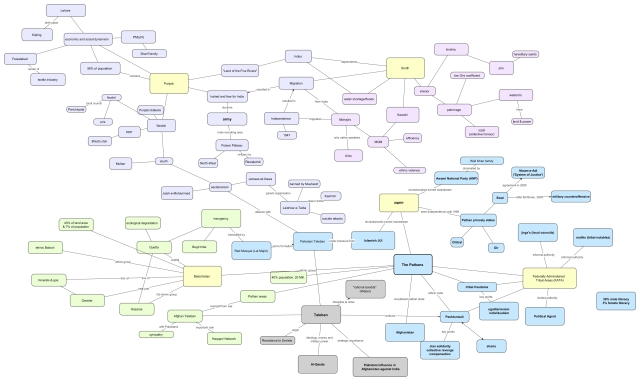 I’m participating (and blogging) this week from the World Conference in Science and Technology Education (Worldste2013) in Sarawak, Borneo (Malaysia). Day 1 got off to quite a chaotic start with long queues at registration desks, messing up the session schedule resulting in some people presenting in front of empty chairs. Gradually, the dust settled a bit and I hope everything goes a bit more smoothly tomorrow.
I’m participating (and blogging) this week from the World Conference in Science and Technology Education (Worldste2013) in Sarawak, Borneo (Malaysia). Day 1 got off to quite a chaotic start with long queues at registration desks, messing up the session schedule resulting in some people presenting in front of empty chairs. Gradually, the dust settled a bit and I hope everything goes a bit more smoothly tomorrow.
The dominating topic during the first day was the alleged low interest of pupils and students in many countries in science and, as a result, insufficient numbers pursuing higher education in science. Recipes to deal with this focused on:
- Increase the authentic character of science education, focusing on topics students find interesting. Examples include climate science, renewable energy, future health, colonisation of Mars and sustainable housing.
- The role of technology in improving the quality of science education, mentioning recent developments such as MOOCs (wrongfully crediting Stanford-startup Udacity with its origin), the flipped classroom and the SAMR model to describe the potential use of ICT from merely substituting to transforming classroom practice.
- Underlining the importance of science education in addressing global challenges such as climate change, biodiversity and population growth. Dr. Hubert Gijzen, UNESCO chief from the Regional Science Bureau for Asia and Pacific, called for a stronger focus on sustainability and peace and security, next to combatting poverty.
I wonder whether increasing relevance and authenticity is the (only) recipe to convince more students to study science. Plenty of students study accounting or marketing without any engaging projects. Second, these calls for authentic science are hardly new. However, research shows that initiative after initiative don’t yet seem to be having much impact. The HBO series ‘Breaking Bad’ seems to have a much stronger effect on interest in chemistry studies in Flanders than authentic science projects . Also, calls for more science graduates seem not backed up by unemployment figures (article in New Scientist). Rather, it can be argued that there are not enough graduates in specific fields of STEM (e.g. biotech, teaching) and that the quality of science education can be improved in order to achieve higher levels of numeracy and scientific literacy.
Dr. Young Choi provided an overview of the UNESCO-supported Asia Green School project, an extracurricular programme to help primary and secondary school teachers with translating environmental sustainability into their schools. I found the most interesting aspect in this the involvement of the local and central government and private actors and the setting up of green schools communities of practice.
The STELR project was presented by Alan Finkel and Peter Pentland as an attempt to help teachers engaging in more authentic projects with their studentsThe focus was on alignment with the curriculum and promoting inquiry-based approaches. An interesting element is the development of career profiles to show students what careers are possible with a STEM education and what kind of skills and knowledge are required for them. Unfortunately, resources are not openly accessible and therefore hardly useful outside the mostly Australian schools that participate in the programme.
Outside the keynotes an interesting presentation came from Dr. Gregory Smith (Charles Darwin Un., Australia) who presented a study that examined how primary students’ perceptions of science classroom practice evolved from 2001 to 2011. Despite a variety of research, recommendations and programmes the study found little change in students engaging in the active exploration of phenomena, ideas and relevant science questions or the use of open investigations. However, the nature of the classroom was found to be trending towards being more collaborative and there was a strong increase in the use of ICT and internet. It’s a study based on a questionnaire and simple non-parametric chi-square analyses, which could serve as an example to investigate student teachers’ perceptions of lesson practice in Cambodia.

